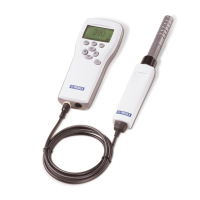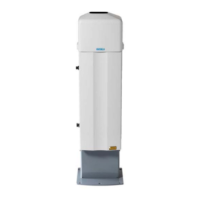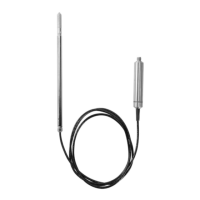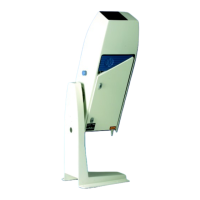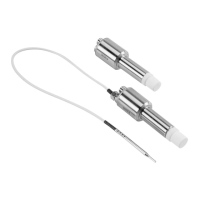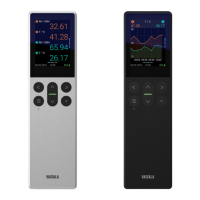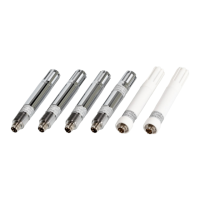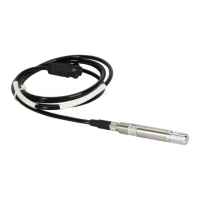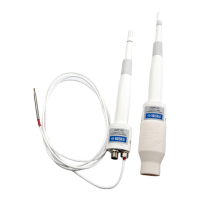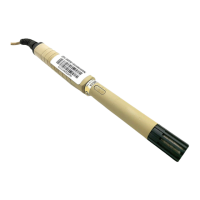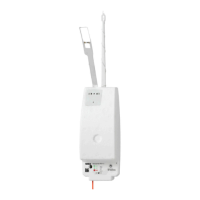9.3.1 Calibration Setup
Using Hand-Held Meter as Reference
You can perform a 1-point calibration using a hand-held meter as a reference. You will need a
calibrated reference instrument to compare against, for example a GM70 hand-held meter
with a calibrated GMP222 probe.
With the probe and the reference instrument in the same space, allow the measurement to
stabilize before comparing the readings. Try to provide as stable an environment as you can
during this time. Avoid working around the probe and reference instrument during this time.
Using Calibration Gas as Reference
There are two easy ways to use a calibration gas as a reference:
• You can supply the gas to the probe using the calibration adapter accessory (Vaisala
order code DRW244827SP). Gas
flow should be in the range 0.5 ... 1.1 l/min,
recommendation is 1 l/min. Allow the measurement to stabilize for three minutes before
starting the calibration.
• You can
fill the entire incubator with the calibration gas. You can use calibration gas a
reference by putting the probe in a suitable chamber (for example, an incubator) and
filling that chamber with the calibration gas.
To perform a two-point adjustment, you need two calibration gases: one gas that is below
1000 ppmCO
2
(low-end reference) and one that is above 2000 ppmCO
2
(high-end
reference).
When supplying the gas from a gas bottle, make sure the gas bottle has stabilized to room
temperature before starting.
9.3.2
Eect of Environmental Compensations
The probe has various environmental compensations that improve its CO
2
measurement
accuracy (see Environmental Compensation (page 15)). As the calibration and adjustment
environment may
dier from the actual measurement environment, you must make sure
that the compensation settings are properly set. Here are some key points to remember:
• Pressure and temperature compensations have a significant eect on accuracy. If you
are using setpoint values instead of the values from the built-in temperature sensor or
an integrated system, make sure to correct the setpoints so that they correspond to
your calibration situation. Consider switching temperature compensation to use the
internal sensor and/or integrated system when calibrating, and then switching back
when calibration and adjustment is done.
• The
eect of background gas compensations for humidity and oxygen may be
significant when using calibration gases, since these gases are often dry and oxygen-
free. For example, pure nitrogen gas is typically used as a convenient 0 ppm CO
2
reference. As it does not contain any oxygen or humidity, the compensations for them
must be set to zero.
• Remember to restore the normal compensation settings after completing calibration
and adjustment. If you are integrating the calibration functionality of the probe as part
of a control software, also implement proper handling of the environmental
compensations.
Chapter 9 – Maintenance
95
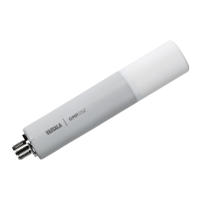
